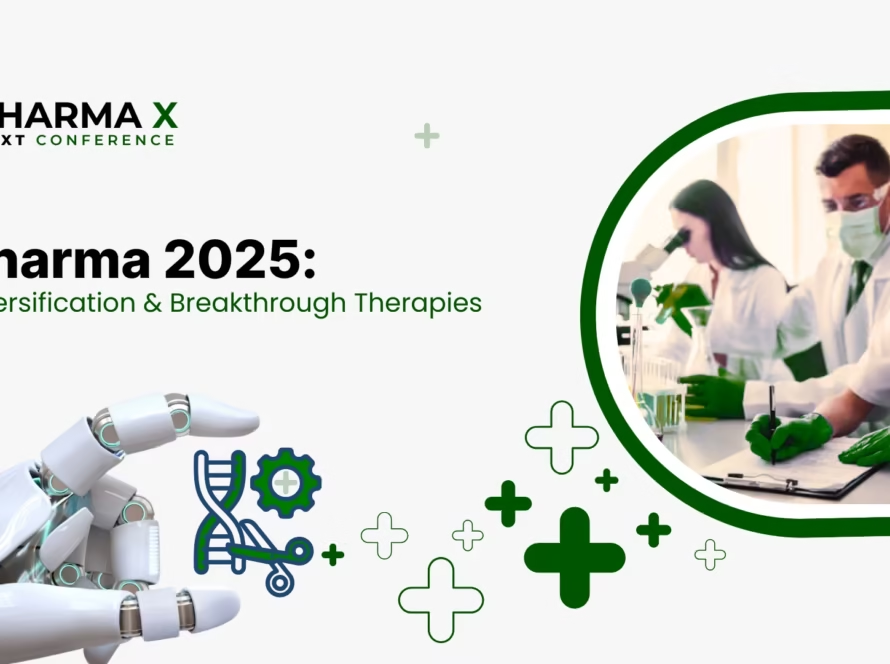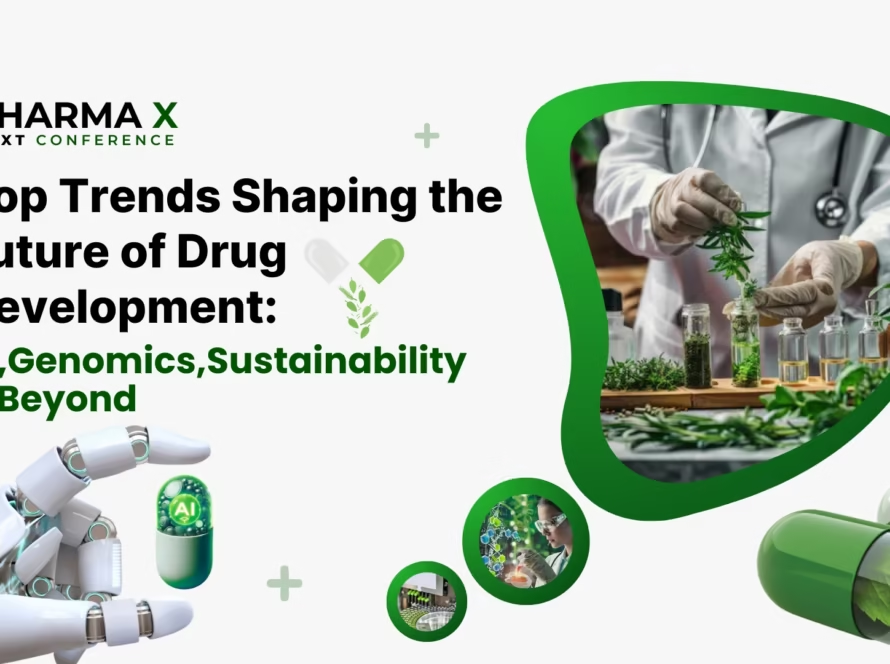The pharmaceutical industry is entering a defining decade, driven by rapid technological advancements, shifting demographics, and growing market pressures. Between 2026 and 2030, the sector will see breakthroughs from AI-designed drugs to quantum-powered molecular design, fundamentally transforming drug discovery, development, and delivery. As aging populations, patent cliffs, and rising R&D costs demand faster and more resilient pipelines, these trends will shape business models, clinical strategies, and operational efficiency.
1.Transformative Therapies of Tomorrow
Gene editing, base editing, and allogeneic cell therapies are scaling up to address common diseases beyond rare genetic disorders. Startups in cell and gene therapy have already attracted USD 26 billion in funding, signaling market confidence in this shift. Recent developments, such as Caribou Biosciences’ off-the-shelf CRISPR CAR-T therapy and Verve Therapeutics’ base editing programs for cardiovascular conditions, point to a move toward mass-manufacturable curative treatments. Manufacturing innovations like Catalent’s UpTempo AAV and Novartis’ continuous vector production are shortening timelines and reducing costs, laying the groundwork for broad NGAT adoption.
2.AI as the New R&D Powerhouse
Generative AI is now functioning as a full-stack molecular design engine, accelerating hit identification and early-stage drug development. Global investment has reached USD 45 billion, with AI-designed drugs advancing to Phase II trials. This leap in computational capabilities allows for more precise targeting, faster iteration cycles, and reduced attrition rates in R&D, creating significant cost and time savings.
3.Quantum Breakthroughs in Molecule Design
Quantum platforms are solving complex molecular design problems in minutes rather than months. In Q1 2025 alone, pharma-focused quantum investments exceeded USD 1.25 billion, with some companies achieving 20-fold reductions in hit-to-lead timelines. This computational advantage is set to unlock new therapeutic possibilities for previously “undruggable” targets.
4.Personalized Pills at Your Fingertips
Additive manufacturing is making personalized medication a commercial reality. FDA-approved capsules and polypills are already in use, and the 3D-printed medicine market is projected to reach USD 789 million by 2034. By tailoring dose combinations to individual patient needs, pharma can improve adherence and outcomes while streamlining production.
5.Robotics Revolutionizing Sterile Production
ISO-5 compliant robotic systems are reducing contamination risk and cutting validation costs. Since 2024, more than EUR 1.1 billion has been invested in advanced filling lines, robotics, and energy-efficient cleanrooms, ensuring higher safety and efficiency in sterile manufacturing.
6.Digital Twins: Pharma’s Virtual Command Center
Digital twin technology is linking R&D, manufacturing, and clinical trials through synthetic data modeling. Companies like AstraZeneca and Merck report productivity gains of 56% and development speed improvements of 67% using AI-driven twins. This integration enables predictive quality control and adaptive trial design.
7.From Batch to Continuous: The New Production Standard
The shift from batch to continuous manufacturing is accelerating, with initiatives such as Lilly’s Medicine Manufacturing Foundry and Johnson & Johnson’s Flex Line reducing waste and enabling faster product launches. These agile production systems improve responsiveness to market demand and regulatory changes.
8.Blockchain Traceability
Blockchain systems are becoming essential for securing cold-chain logistics and combating counterfeiting. Pilots by Merck’s M-Trust, TrueCold, and DHL have demonstrated improved compliance, reduced losses, and enhanced supply chain transparency.
9.Net-Zero Pharma: Greener, Cleaner, Smarter
Over half of pharma companies are now aligned with the UN’s Race to Zero initiative. Capital is flowing into biomethane, renewable energy, and low-emission facility designs. Beyond environmental responsibility, these investments improve long-term operational resilience and compliance with tightening global regulations.
10.Regulation That Moves at the Speed of Innovation
New regulatory models, including real-time FDA reviews and platform-level designations like Advanced Manufacturing Technology (AMT), are shortening drug approval timelines by six to twelve months. This regulatory agility will be critical for keeping pace with technological innovation.
Macro Forces Driving Change
By 2030, one in six people globally will be aged 60 or older, increasing demand for chronic care, neurology, and specialty medicines. Diseases like Alzheimer’s and diabetes are expanding rapidly, while non-communicable diseases now account for 75% of deaths worldwide. Meanwhile, inflation, cost pressures, and patent expiries are reshaping revenue streams. With 118 biologics losing patent protection by 2034 and USD 236 billion at risk from the patent cliff by 2030, biosimilars and licensing deals are becoming strategic imperatives. Venture capital remains strong for high-impact platform companies, though deal volumes in early 2025 show signs of plateauing.
Pharma is moving into an era defined by intelligence, speed, and sustainability. From quantum-powered discovery engines to climate-resilient manufacturing, the next wave of pharma innovation will be both technologically sophisticated and commercially agile.
PharmaX Next Conference 2026 will be held on May 11–12, 2026, in Madrid, Spain, focusing on AI, biotechnology, and digital transformation in pharma.
It will feature keynotes, panels, workshops, and exhibitions on topics like AI-driven drug discovery, personalized medicine, digital trials, and smart manufacturing.
Speakers include Alexander MacKerell pharmaX, Francisco Javier , Ana Augusta Lemos, Thomas J. Webster , and Anas Jawed.
The event targets pharma professionals, academics, tech innovators, investors, and policymakers.
Conclusion
The coming decade will redefine pharma through intelligence, speed, and sustainability. From AI-driven drug discovery to net-zero manufacturing, innovation will not just transform medicines but also reshape how they reach patients. Staying ahead of these shifts will be critical—and platforms like PharmaX Next 2026 provide the perfect stage for professionals to connect, learn, and prepare for the next wave.
References
National Library of Medicine:2025 Alzheimer’s disease facts and figures
Precedence Research:Cell and Gene Therapy Market Size, Share and Trends 2025 to 2034




